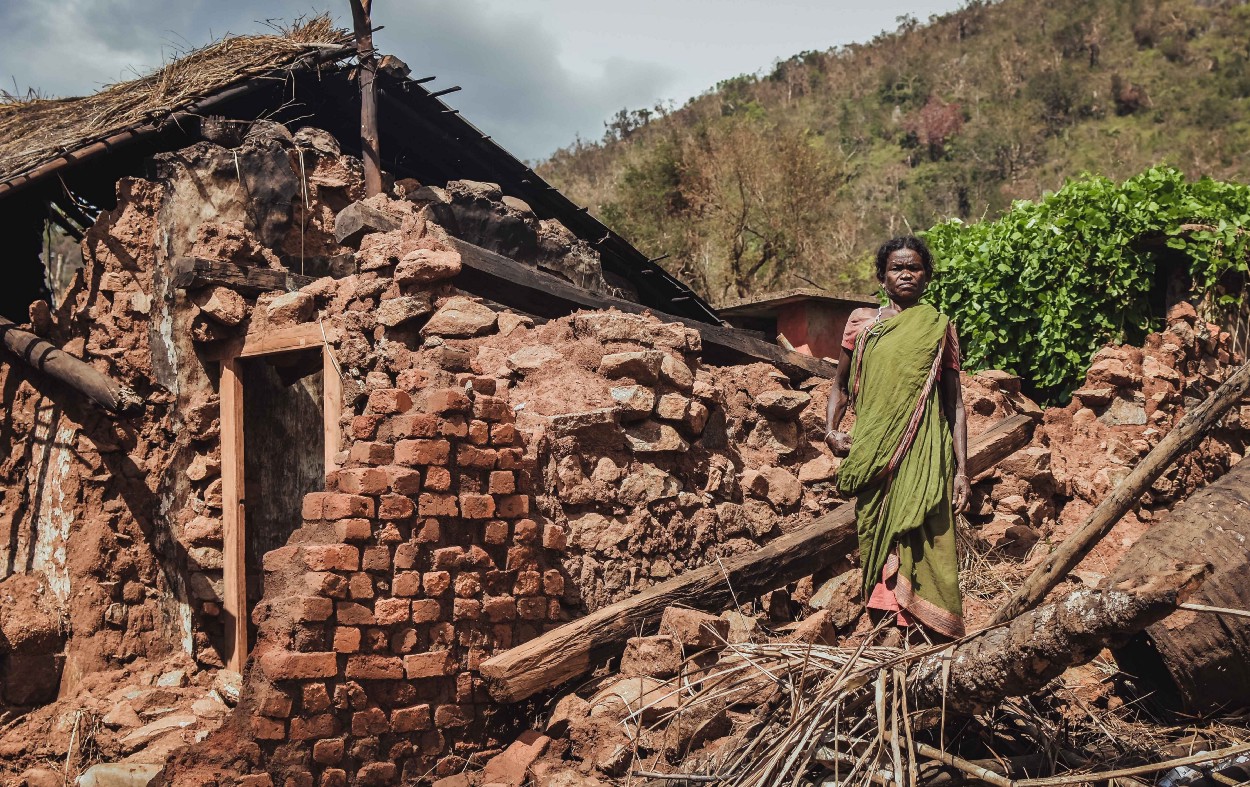How should India prepare for calamity and pandemics “economically”?

Understanding the Problem:
This thought struck me when I was booking OLA cab; a pop-up appeared requesting to donate for Orissa Cyclone Victims. Though in the sentence, it didn’t appear, it encloses a big question mark; it raises a grave question that needed to be pondered upon and requires an urgent solution. Are we ready financially to deal with such calamities if they strike again which they will, and it’s a bare truth, and we can’t hide from it, and we have to encounter it?
One after the anther first flood in the Kedarnath valley due to cloudburst. Second 2014 Kashmir floods, then Assam, Chennai, Kerala, and it is not the complete list. There are cyclones in the Bay of Bengal, landslides in the Himalayan Region claiming thousands of lives every year. You might be thinking if this problem is so big and old, why don’t we have a dedicated fund for it. Yes, we do have PM National Relief Fund and CM relief fund, but are they enough? Why are they still dependent on donations? Why do we need to depend upon foreign assistance to deal with our problems? Why such pop-ups? While I am not against them all, I want to say that instead of being solely dependent on them, they should be used as a supplement.
How much do they cost us?
The preparation and repair for the destruction caused by disaster require much monetary support. The entire economy of the affected region gets suspended; there is the loss of property, industrial equipment, and thus, industries are affected. But the worse sufferers are the medium and micro-enterprises which in most cases are not insured against such disasters. Rebuilding everything again from scratch is not so easy for such people. Apart from that, during the emergency, the army personnel, relief aircraft are being deployed. Deployment involves the movement of troops from the border areas, the salary of the staff, fuel cost consists of much money this amount is deducted from the defense forces expenses would lead to a significant reduction in the necessary fund. Hence, according to the attorney general of India, the state and the central government bear these expenses. The cost of reconstruction is humongous in the affected region; every movable and immovable asset has to be repaired or rebuilt.
What to do about it?
Last year n the GST council meeting, which took place after Kerala floods, it has been deciding that 1% cess on GST will be levied for disaster mitigation and reconstruction measures. Kerala today approved that it will collect a cess of 1% on products falling under a slab of 5% and lower. It is expected to generate revenue for the reconstruction of the disaster-struck state.
1% increase in the tax rate on goods having a 5% tax rate is a 20% increase in the tax rate. Products falling under sub 5% category are goods of everyday use and are part of every consumer basket. As every tax is associated with deadweight loss, this 1% will also lead to increased deadweight loss.
Suggestions:
The cess can be distributed in such a manner that a higher tax is levied on products placed under higher slabs of GST. This method will reduce the burden of increased taxes on consumable goods.
If charged this way, it will bring money out from those people who can afford to pay.
Ujjwala Yojana launched under the government of India provides LEDs at a lower cost, and the subsequent installments are deducted from the electricity bills.
As home are the costliest possession of an individual, and there is no legal provision for compulsory home insurance, government and public sector companies should step in to provide cheap insurance. The premium money can be deducted in small installments on similar lines of Ujjwala, where a change for the better can take place in small steps.



